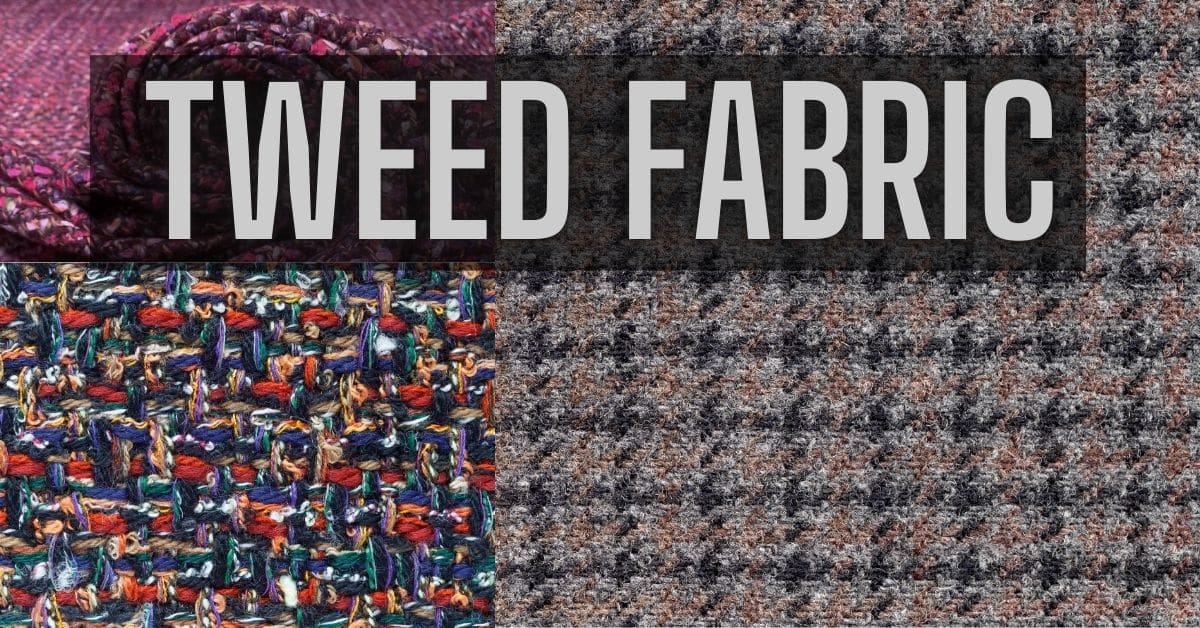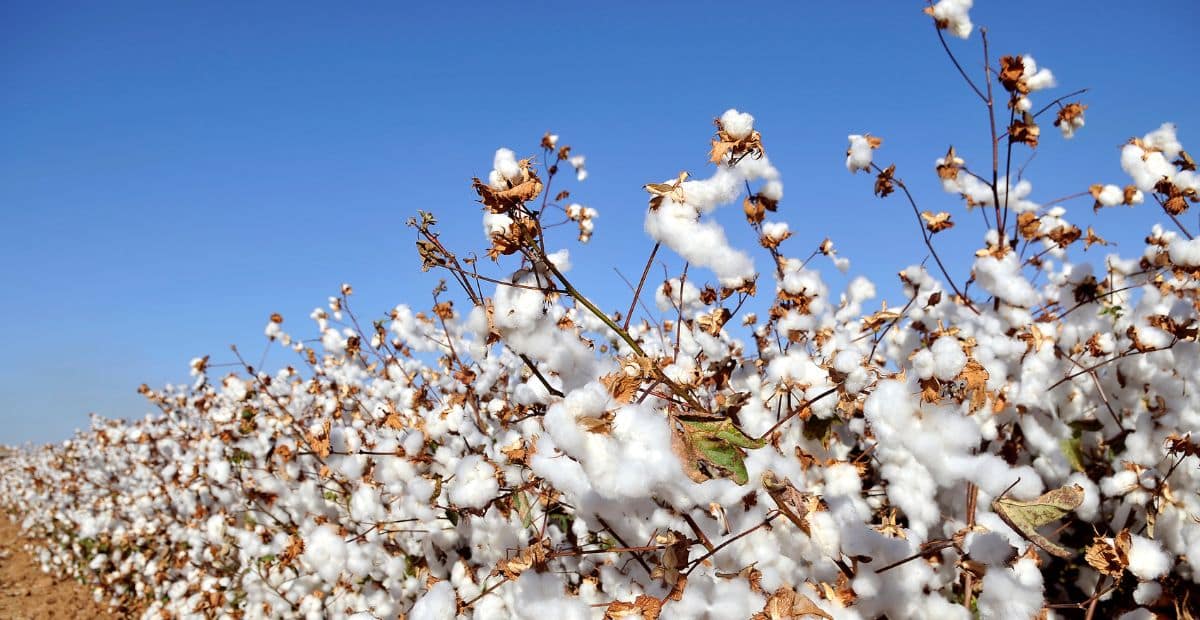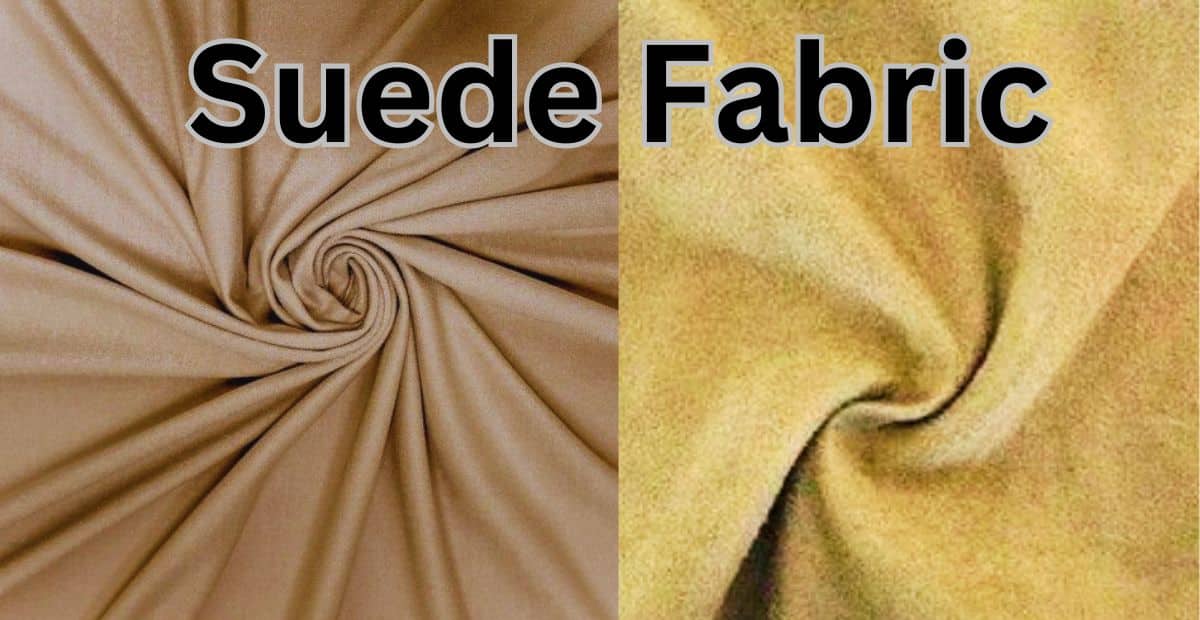Cotton fabric is undoubtedly one of the most common and widely adored materials across the world. Made with cotton, its usage has transcended from fabric to home and even to routine commodities. But what is cotton fabric, to begin with? What does it possess that protects it from despondency and how is it sourced? In this article, we will go over basic cotton fabric facts, its characteristics and applications, and the complex technology of its production. By the end, you will have a clear grasp of why cotton is king in the apparel industry and will remain so.

Introduction to Cotton Fabric
Cotton fabric is everywhere in this modern day and time. Cotton is indeed the most widely used fabric in the current modern society. It has a multiplied exponents because of its softness, breathability and for providing a variety of uses. In our day-to-day lives, wearing a cotton t-shirt, a cotton towel after a bath as well as sleeping under cotton bed covers has made this fiber quite a necessity. One is led to ask how cotton fabric became available to many people as well as remains prevalent even now. Let’s begin with the basics by answering the key question: What is cotton fabric?
What is Cotton Fabric?
Cotton fabric is made from cotton fibers, which come from the seed of the cotton plant. These fibers are spun into threads, then knitted or woven to create fabric. People admire cotton for its softness, its ability to allow air to circulate, and, most importantly, how comfortable it is to wear. This makes cotton one of the finest natural fabrics in the world.
It has a variety of uses in the creation of casual clothes, underwear and formal clothes, as well as several items for the household such as bed textiles, curtains and seat fabric. However, the major advantage that cotton has over other fabrics is its adaptability. This means manufacturers can combine cotton with machine-made fibers for added durability. Furthermore, such clothing is also good for those who have sensitive skin or for those who are allergic as cotton does not cause skin irritation.

The Origins and History of Cotton Fabric
The relationship between people and cotton fabric turned out to be really fruitful, spanning considerable period of time. Cotton is considered one of the oldest and most widely used fabrics, with its origins dating back to early human civilizations. In fact, as Long (13) points out, the earliest cotton remains discovered in the Indus Valley show that local people enjoyed making fabrics from cotton threads. When cotton could be found through their hands in Europe finally around the Middle Ages it was an expensive fabric. The demand for cotton increased greatly, especially from the year 1793, after the invention of the cotton gin, which made it easier to separate cotton lint from its seeds. In a short period of time, people recognized cotton as one of the major factors in the Industrial Revolution. It began changing trade patterns and the manufacturing of textiles around the world.
Properties of Cotton Fabric
Due to several exceptional cotton characteristics, cotton is in high demand for a range of possible uses. Its broad scope can be attributed to its biodegradability and ease of manufacture.
Breathability and Comfort
Cotton is also known for its excellent moisture permeability, allowing air to circulate through the fabric, which helps regulate body temperature. It is thus a very good clothing material especially in warmer sweaty conditions. That is why cotton t-shirts dresses and bed sheets are essential in the summer season!
Water Retention and Wicking
Among the most notable advantages of a cotton fabric, we can include its unique absorbent ability. This is why absorbent cotton tissue can absorb water reaching 27 times the amount of its own weight. On top of that, corn fabric also sucks moisture from the body due to its vapor permeability which keeps the body dry and comfortable.
Wear and Tear Resistance
Among the features of cotton fibers, one can find high resistance wear and tear and other stresses. When tightly woven, cotton fabric becomes strong enough for everyday use. People frequently choose it for upholstery, workwear, and jeans, where cotton is commonly used. When maintained effectively, the cotton compression garments will remain useful for a very long time.
Non-allergic Properties
People generally prefer using cotton because its natural fibers make it a hypoallergenic fabric, which rarely causes allergies. This is the reason why cotton comes in handy dealing with baby clothes, bed sheets and even some medical purposes like bandages. … For people who have such sensitivities or even for those with Eczema, cotton is most usually the favored material.
Different Types of Cotton Fabric
Not all cotton is the same. Different types of cotton fabric serve different purposes.
Egyptian Cotton
Egyptian cotton most often regarded as the best of the bunch when it comes to cotton fabrics mainly because it has long fibers of cotton and so it is use to make softer fabrics which are also more durable. This grade of cotton is used mainly in luxury bedding and towels.
Pima Cotton
Pima cotton is similar to Egyptian cotton in that it also has long fibers. Most of this cotton is grown in the United States and is favored for its silky feel and anti-pilling properties.
Organic Cotton
Farmers avoid using pesticides and chemicals when growing organic cotton, making it a better option than regular cotton. It is often used for baby clothes, organic towels, and sustainable fashion.
Upland Cotton
Upland cotton refers to the type of cotton that is commonly grown in the United States. It is often shorter in fiber length – compared to Egyptian and Pima cotton – but it is still quite strong and hence, finds usage in the clothing and textile industries on a large scale.
The Process of Making Cotton Fabric
The conversion of raw cotton into a finished fabric requires delicate steps as it does not just appear out of the vacuum. Every step in the process from harvesting to finishing plays a significant role in how the final product will be.
Step 1: Harvesting Cotton
Farmers plant cotton in the fields, and they either hand-pick or machine-pick the cotton blooms. After this process, workers need to separate the picked cotton from the bolls and debris.
Step 2: Ginning
Cotton ginning is the process of separating the cotton fibers from unwanted materials such as cotton seeds and trash. This issue on fibre usage can lead to poor quality of yarn if remain unchecked.
Step 3: Spinning
After cotton ginning is complete, the cotton fibers are typically carded before being spun into single yarns or threads. Spinning is one of the most important steps because it determines the characteristics of the yarn, which in turn affects the properties of the fabric after weaving.
Step 4: Weaving or Knitting
To create fabrics, manufacturers can knit or weave the cotton spun into high-quality yarns. In knitting, loops of yarn form the fabric, while in weaving, two sets of yarn interlace at right angles. The use of either knitting or weaving will depend on the designed purpose of the fabric.
Step 5: Finishing
Last substage technical process of cotton fabric production is finishing that includes such operations as coloring, decoration printing and other special procedures to improve functional aspects of the fabric. This stage ensures that the fabric is fit to make rather clothing, household items or other purposes.
Common Uses of Cotton Fabric
Seeing the usefulness of wool, so many end users can utilize it in different fields or homes.
Clothing and Apparel
Cotton fabric ranks second in the fabric used in the production of clothes and this is because it is light, air comfortable and it is strong. Cotton can be found everywhere in the fashion world, from everyday wear like T-shirts to couture pieces, including bridal gowns. Designers typically use it to create socks, underwear, and sportswear as well.
Household Textiles
Cotton is a common ingredient for home textils such as towels, bed covers and curtains. It’s good absorbent material and therefore used for towels & dish cloths and then it has a tenderness which makes it ideal for sheets and pillow cases.
Medical and Industrial Uses
Due to its hypoallergenic and absorbent nature, cotton is being utilized in most medical applications such as bandages, gauze, and surgical dressings. Ginned cotton also azure used within industries for such items as canvas, tarpaulin, and tents.
Sustainability and Cotton Fabric
Although cotton continues to remain the most preferred fabric across global countries, it still has a great effective harm on the ecology. Although com’s reach in terms of cotton ‘produced C’ is large wic is real case efforts are targeting to enhance the agric production processes.
Environmental Impact of Cotton Farming
Conventional methods involved in the production of cotton rely on the use of enormous resources like water and a lot of pesticides. This can cause soil erosion, water wastage and pollution, as well as destruction of the habitats present. However, a number of other factors encourage basic changes to conventional farming practices.
Organic Cotton and Eco-friendly Alternatives
Organic cotton is known to cultivate utilizing only natural means s broadening its scope of pollution lessening. For such consumers who bother the factors of ecological and social problems pertaining cotton production, this one proves more practical.
How to Care for Cotton Fabric
Cotton fabric is relatively easy to take care of, and a few measures can make it even more durable. So always read the washing instructions on those tags. Usually, cotton fixtures may be machine washed in cold or lukewarm water. Do not use very high temperatures to avoid shrinkage of the fabrics as intense heat may shrink most of the fabrics. Smoothing a cotton fabric is possible through the application of heat on the clothing. However, a lower setting can save the material fibers from destruction.
Fabric properties and details
| Property | Details |
|---|---|
| Name of Fabric | Cotton |
| Common Variants | Pima, Egyptian, Supima |
| Source of Material | Derived from cotton plant seeds |
| Thread Count Range | Typically 100 to 2,000 |
| Air Flow (Breathability) | Extremely breathable |
| Ability to Wick Moisture | High |
| Heat Retention Level | Moderate |
| Stretch (Elasticity) | Moderate |
| Tendency to Pill/Bubble | High tendency |
| Origin of Production | First developed in Ancient India |
| Top Producer Today | India |
| Washing Guidelines | Wash in medium to high temperatures |
| Popular Applications | Common in shirts, dresses, socks, underwear, bedding, bags, and skirts |
Conclusion
Cotton cloth is justified as one of the most well-loved types of fabric around the globe and it is very simple to handle, comfortable to wear, allows breathing and it’s use is also extensive in terms of the kind of activity one is engaged in. This particular material finds application in very many areas including fashion and medical. This article is focused on the structure and classification of cotton fabrics, the technology of cotton fabric production, and the reasons for the continual use of such a fabric in the modern world. The desire for social responsibility is increasing and therefore the market is now turning to renewable sources of cotton such as organic cotton which constructs’ resilience. read more Silk Fabric.
FAQs
What is cotton fabric made from?
Cotton fabric is made from the natural fibers of the cotton plant, primarily the seeds.
Is cotton fabric eco-friendly?
Conventional cotton has environmental challenges, but organic cotton and sustainable farming practices are more eco-friendly.
Can cotton fabric shrink?
Yes, cotton fabric can shrink when exposed to high heat. It’s best to wash in cold or warm water and air dry or use a low heat setting.
















1 thought on “What is Cotton Fabric? Properties, Uses, and Making Process”
Pingback: What is Seersucker Fabric? Properties,Uses and Making Process